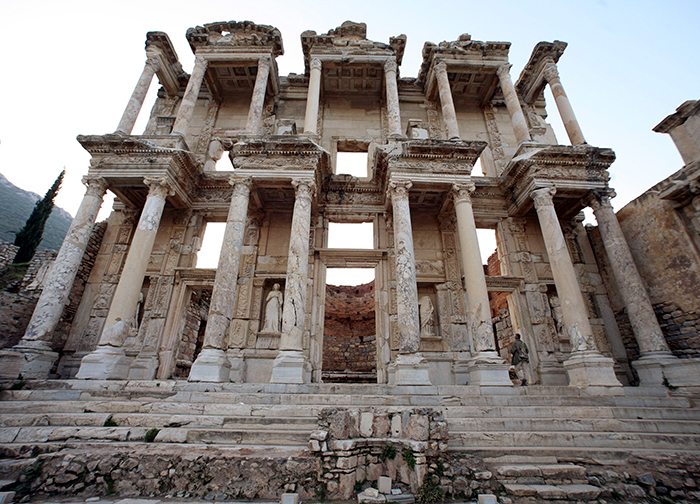Over three hundred years after the Benedictine monk, Dom Pérignon, sought to perfect his region’s red wine production process and by coincidence bottled and tasted the stars, France’s Northeast region of Champagne has been added to UNESCO’s World Heritage List of culturally significant sites for conservation.
The UNESCO World Heritage Committee’s 39th Session in Bonn, Germany has seen over 20 remarkable sites from the four corners of the globe added to the growing list of locations reflecting cultural and natural significance. Granting of this title promotes a site’s future conservation and protection, potential extra financial funding and further awareness through greater tourist interest.
UNESCO deemed the Champagne industry a “very specialised artisan activity that has become an agro-industrial enterprise” leading the Committee to include the historic vineyards, the production sites with their underground cellars as well as the sales and distribution houses of champagne production within the World Heritage listing. The delicate bubbles of special occasions were not France’s sole culturally significant contribution. The climats (climates) and terroirs (soil) of Burgundy also garnered worthy attention for their unique conditions, further shaped by human cultivation since the High Middle Ages, which results in a wine specific in taste to the delimited vineyards.
A number of other highly important religious, industrial and natural sites have joined the ranks of heritage recognised locations including Denmark’s historical hunting parks, sites of Japan’s Meiji Industrial Revolution, Israel’s 2nd Century BCE Necropolis of Beth She’arim and America’s San Antonio Missions. Singapore’s Botanic Gardens were added to the list because it reflects the evolution of a British colonial botanical garden since 1859 and offers a rich variety and history of buildings and plantings used for scientific research, conservation and education.

Furthermore, the ancient, successive Hellenistic and Roman settlements of Ephesus, Turkey are now heritage listed as an incredible example of a Roman port city. Excavations have revealed Roman Imperial period grand monuments, such as the Great Theatre and the Library of Celsus as well as remnants of the infamous Temple of Artemis – one of the Seven Wonders of the World, which attracted pilgrims from across the Mediterranean.
Since UNESCO’s 1994 adoption of the Global Strategy, the World Heritage List has grown extensively to include a vast array of diverse cultural and natural treasures. With an aim to protect and conserve, we hope these landmarks of civilisation and the Earth’s natural diversity will be maintained and will continue to spark wanderlust and wonderment for generations to come.







